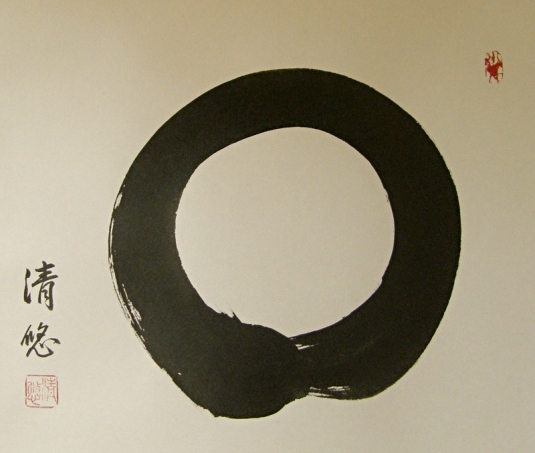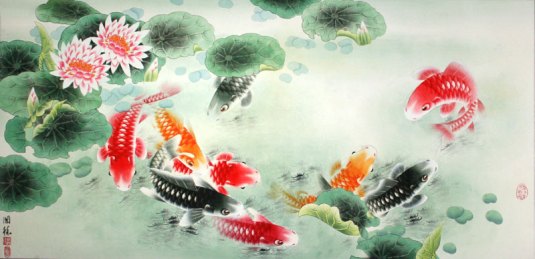What you think, what you say, and what you do is your continuation – a kind of energy that will continue for a long time. When your body has disintegrated, you continue onward because of the three kinds of energy that you produce everyday. After you leave this active form of being, you acquire other forms of being, because the energy you produce will result in new forms.
It’s like a cloud. When a cloud is no longer a cloud, it is something else, like rain or snow or hail. So when you don’t see a cloud in the sky, you don’t say that it’s no longer there. It is still there in other forms. That is also true with a human being. When you are no longer in this form of body, then your action – your karma, what you produce in terms of thinking and speech and action – is your continuation. That’s why when you practice mindfulness, concentration, and insight, you can assure a good, beautiful continuation in the future.
– Thich Nhat Hanh

